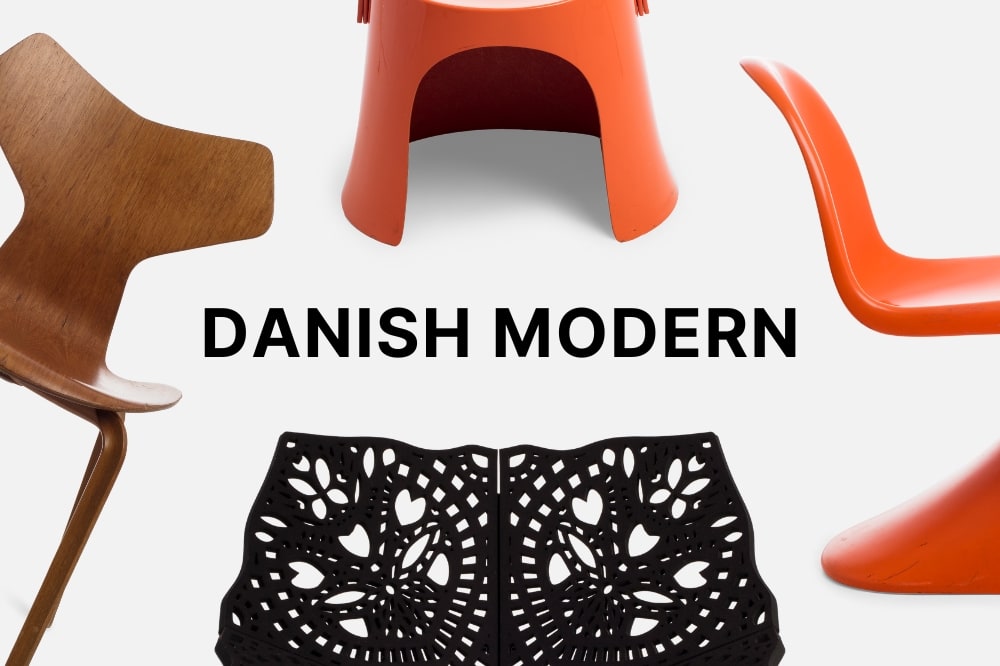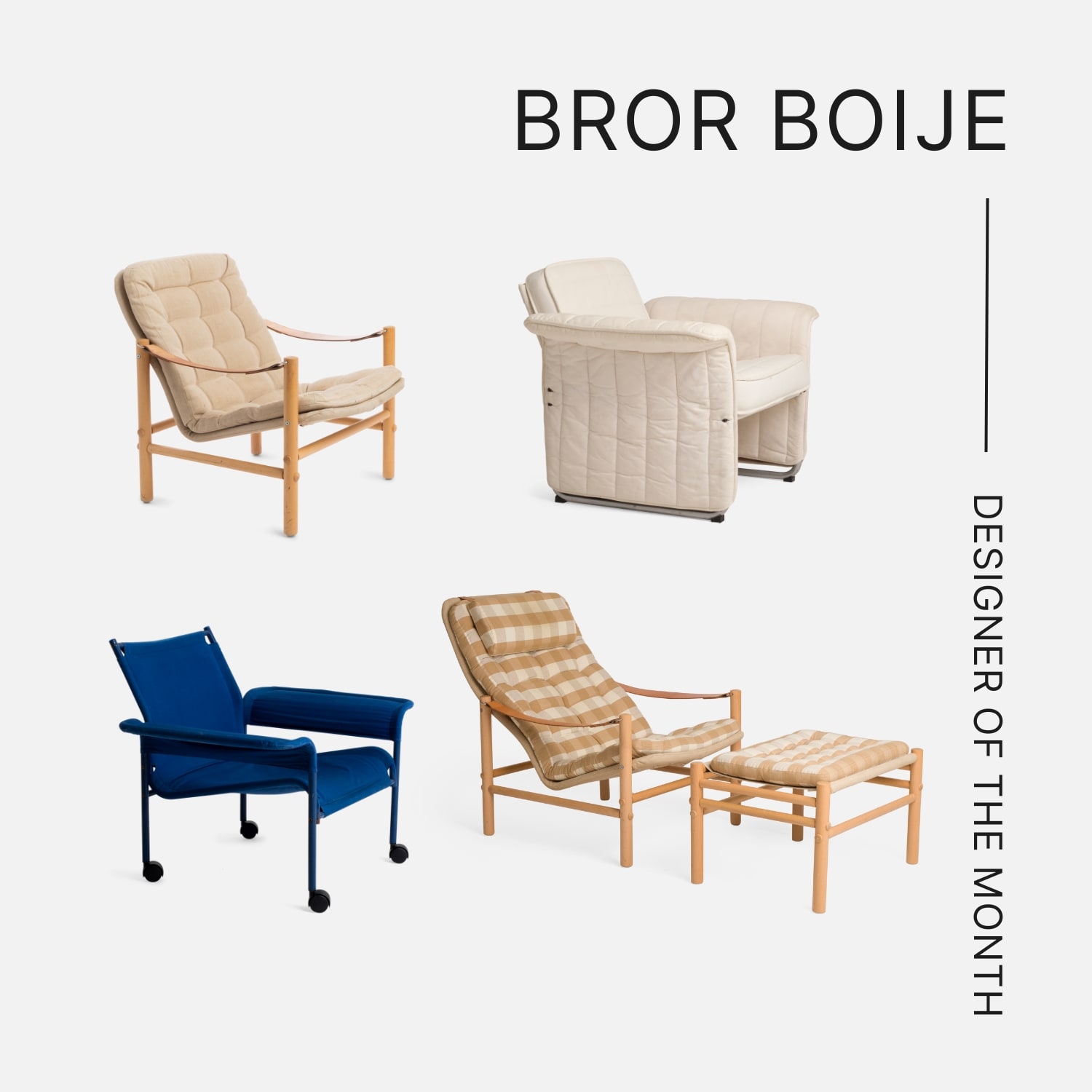
New book release about the designer Carl-Axel Acking
Carl-Axel Acking – arkitekt och formgivare
Ulf Wickbom, Arkitektur Förlag
The journalist and writer Ulf Wickbom gives the fascinating view of one of the most prominent Swedish architects and designers in the 20th century and the social and artistic climate as the foundation of his work. Below are some milestones.
Carl-Axel Gustafsson (later Acking) was born in 1910 in Helsingborg and became one of the most important architects and designers in post-war Sweden. He started his career as an autodidact and made his own educational journey by working in different architect–studios for some years. As young as twenty, he won his first architectural competition, the restaurant and hotel building, Engelholms Havsbad, he designed together with the architect Helge Bristulf.
In 1930, the same year he was given his first architectural award, Acking moved to Stockholm and started his work at KFAI, the architect office of Coop Sweden, led by architect Eskil Sundahl. The studio was inspired by the Bauhaus movement and the new modernist architecture. Here, Acking met the young progressive architects Sven Markelius and Uno Åhrén, two of the front figures of the groundbreaking 1930s Stockholm Exhibition. He also met the Swiss-French architect Le Corbusier when he visited the office in 1933, which must have been a memorable moment for the young Acking.
Despite his early successes, Acking realized the need for a formal education. Parallel to working at the KFAI studio, he studied furniture drawing. During the 1930s he trained as an interior architect at Tekniska Skolan, today Konstfack, and as a building architect at KTH—Royal Institute of Technology, both in Stockholm. He later came to be teaching at both colleges as well as being a professor in architecture at LTH, Lund Faculty of Engineering from 1964 to 1976.
In 1936, Acking got a call from the architect Gunnar Asplund, who offered him a job at his studio. Asplund was the most prolific Swedish architect at the time, responsible for the 1930s Stockholm Exhibition, the Stockholm City Library, and ‘Skogskyrkogården’—the Woodland Cemetery. According to Ulf Wickbom, Acking assumed Asplund had noticed his talent in designing furniture. During his time at the Asplund office, Acking designed, among other things, furniture and interior details for the Gothenburg Court House and the Woodland Crematorium.
In 1939, Acking founded his own architect studio together with Sven Hesselgren. Of their works, the family hotel in Hässelby is one of the most well-known. The same year, Acking was commissioned to design some of the interiors of the Swedish pavilion at the New York World Exhibition. The buildings were designed by Sven Markelius under the theme ‘Swedish Modern – a movement towards Sanity in Design.’ Here, Acking was again recognized for his furniture artistry.
During the 1940s and 50s, Acking designed furniture for a.o. Svenska Möbelfabrikerna i Bodafors and NK-Verkstäder. In 1944, he was awarded the second prize in a design competition to inspire affordable furniture development. Acking´s entry, the chair No.41, could, thanks to its innovative design, be delivered in flat packages (12 chairs could fit into one package). The chair made quite a stir when it was launched at the exhibition ’Vi Bo i Friluftsstaden in Malmö 1944’. It’s said that a young Ingvar Kamprad (the founder of IKEA) saw Acking’s chair and took inspiration from it.
In 1957, Acking participated in the Milano Triennale with the Trienna Chair, which was made of oak and leather. This chair is known as one of his best furniture designs. Last year the Trienna Chair was relaunched in it´s original version by the Swedish company Verk.
I believe the H55 Exhibition in Helsingborg should be regarded as one of the highlights of Carl-Axel Acking’s career. The exhibition, conducted by Svenska Slöjdföreningen (today Svensk Form), aimed to visualize how the legacy of the 1930s Stockholm Exhibition had been developed. Acking was one of the main architects and, as such, responsible for designing the pavilions on the pier. The H55 exhibition showed the modern post-war life in Sweden, architecture, interiors, industrial design, fashion, arts and crafts. The show became a big success, praised by the press and visited by over one million people during its eighty days of existence. H55 illustrates the excellence of Carl-Axel Acking’s life and deed. He passed away in 2001 at the age of 91.
Read more about Carl-Axel Acking here.
This article was written by Lars Bülow








































































